Sam Lee | Birdsong Hits the Charts
Sam Lee is a British singer of traditional folk songs, a collector, an archivist, a conservationist, and a radical re-interpreter of the British folk tradition. He is the driving force behind the eclectic, award-winning folk club The Nest Collective, which has brought traditional music to all kinds of unusual stages and venues. Sam is also the founder of a burgeoning song collectors’ movement that inspires a new generation of performers to draw on living source singers rather than books and records. In 2012, he was a Mercury Prize nominee for his debut album, Ground Of Its Own. Since then, he has taken his music worldwide to more than 20 countries and reached an even larger audience with his BBC Radio 4 performance, on May 19, 2014, of The Tan Yard Side to the accompaniment of a nightingale. This remarkable recording marked the 90th anniversary of the very first BBC outside broadcast by cellist Beatrice Harrison (accompanied by nightingales) on May 19, 1924. Sam’s newest album, The Fade in Time, is impassioned and hugely ambitious in scope. Recently, he was a key player in some of Extinction Rebellion’s most noteworthy events and happenings. He is also choir director for Fire Choir, a political song choir that performs songs about social justice and uprising.
We are extremely grateful to Sam for taking time out from choir practice to answer some questions for Kosmos. (Kari Auerbach | Music Editor, Kosmos)
Lovely Molly
Kari Auerbach | I have a quote of yours: “We are nature and we need nature as much as it needs us, these songs of and about the land are declarations of our dependency on Earth.” I’m wondering how this quote ties in with our theme, which is the Lakota phrase, “Mitakuye Oyasin” which means “all my relations”—our relationships with plants, nature, animals, birds, each other.
Sam Lee | I love that Lakota phrase so much, and it’s one I hear used a lot in this country within ceremony. It’s one that, in many ways, encapsulates everything that I am saying and believing, but because we don’t have the Lakota equivalent, my entire practice is about trying to say that, those words, in any way I can, that gets that message through.
Kari | In song, in practice, the way you live your life, the way you deal with the world around you… right?
Sam | I see it exemplified in Navajo. I’ve made a documentary about the Navajo people for the BBC, so I’ve spent a lot of time with Navajo. You name the community—South American First Indigenous Amerindian—all over, their songs say exactly that. We are all related in one way or another. Their prayers are their songs, their songs are their prayers. We’re in a situation where we’re losing everything about our identity. Our nature is such a part of our identity, so here is a musical form, which, at its heart, is speaking about an identity through the landscape and through the love of it. Although it’s all there in my old music, the eruption hadn’t really happened yet, the Extinction Rebellion hadn’t happened, the climate emergency hadn’t really been such a unified voice across the world. It suddenly all came up in the album I’m going to release this October, which I’ve spent a couple of years making. It’s all about taking these songs and reforging the sacredness within them, to say, these are our declarations of our love for the land and each other, and that implicit relationship of how we are dependent on it, not just on it for food, but for keeping us human, too. We have an absolute need for this right now because we’re in a climate emergency. Here in the UK, we are one of the most nature-depleted countries in the whole of the world, devastated by species and habitat loss at an unprecedented rate, due to monocultural aggressive agriculture.
Kari | Why are we losing so much treasure?
Sam | It’s all through loss of habitat and culture. Once upon a time, we had millions of songs. Many of them were the same song, but they all were sung in different ways. The habitat is the environment in which that is propagated, developed, shared, and allowed to be expressed. You see it within species diversity and taxonomy—branches of animals that look a lot like each other, or come from the same family, but actually have very different roles in their ecosystem, how they behave, what their services are. So it is for songs, too. Songs existed in different families, holding a different potency, moral, and idea behind them. They’ve all disappeared, been forgotten; people have died and taken them with them. They haven’t been passed on and those genetic lines have ended. It comes down to the fact that nobody wants to listen to the old songs anymore. Those that do only want to listen to the old songs in the old way, a much more limited repertoire; there isn’t the same allowance for evolution to happen. When you see the models of languages lost—they say we lose a language every two weeks! That decline, around the world, is happening at such a similar curve as species loss, and that graph is charted at the same angle.
The Nest Collective banner reads: In halls, on stages / In field and forest / Through concerts and campfires / Ceilidhs and choirs / We bring people together / To share in music / New and old / From around the world / The sound of community.
Kari | I wanted to ask about the outdoor concerts that you do with the nightingales; I didn’t realize that you’ve been doing those for four or five years now. Can you talk a bit about how you came to do that? Beatrice Harrison’s recordings were kind of an early influencer; you can talk about her or some of the other factors that led you to do that type of really unique gig.
Sam | Well, it all comes from before I was a singer. I trained in wilderness work, bushcraft, nature studies, and of rewilding people to nature. That’s always been my first passion and great love. For years, I’ve been listening to nightingales sing; I would go hear them in springtime when they arrive back to do their mid-April and end of May courtship song, which is so famous. It’s been a pilgrimage that I make, on my own or with friends, in England and sometimes in central Europe as well where nightingales are more prolific. I’ve always known about Beatrice Harrison and her recordings, but what I noticed was the 90th anniversary coming up! That first recording she did was in 1924. I casually wrote an email to the BBC, saying, “You’ve got quite an important anniversary, I don’t know if you’re doing anything about it or acknowledging it, but I know a few folk songs about nightingales, maybe I could do something.” I expected nothing to happen. Within 48 hours, a documentary was commissioned, which is record breaking! This is like a month or less before the anniversary; there wasn’t a year or more to go through commissioning rounds of the bureaucratic leviathan that is the BBC.
Kari | The wheels turned a little faster than normal for that one.
Sam | Absolutely! Suddenly, I found myself in the forest with a radio producer who I knew, Julien May. What a lovely man, great documentary-maker. And I’ve brought a couple of musicians with me that play in my band, to play the song, The Tan Yard Side, which has a nightingale in it. It’s a song that connects the human and the nightingale in a very beautiful and, in some sense, tragic way, which is a longer story for another time. We start playing and suddenly the bird starts singing with us. He doesn’t shut up and fly off as I expected, but he starts singing in time and coming into the rhythm and adapting his song in recognition of us. This is blowing my mind. We’re 10 feet away from this bird, and he’s singing so loud that my ears are throbbing, the waveform patterns just pulsing, and you can feel it through your body, everything is vibrating when he hits these certain notes. It’s like being inside a lion’s mouth when it roars.
Kari | Yes! When they hit those really low notes, even in recordings, it vibrates your body, like throat singers. It’s amazing.
Sam |Yes, that harmonic throating, that’s how I start singing with a nightingale now. I do the overtones, and the nightingales lock in with that. They love that pure tone of the harmonic. I thought, “Wait a minute, this is magic, I’m going to bring people to hear this, I’m going to do little concerts!” I invited people to the forest and slowly developed an understanding of what that ritual is. It’s about immersing people in nature in a way they don’t ever do. People go for walks in nature, they cycle, but they don’t get to take in the core practices of nature—the immersion, silence, slowness, lots of deep listening. And so I use the evening as a sort of journey. It starts at 7:00 pm, but we don’t go to the nightingales until about 11:00 pm. First, there’s this whole time of stories around the fire, and getting people to settle into the springtime forest. It’s always beautiful, everything’s alive, and birds are singing like crazy—the evening chorus. We go into the dark, we don’t use artificial light—flashlights are forbidden—just the firelight. When we come to the nightingales, which is about half an hour’s walk from the campfire, we’ve walked single file through the forest and it’s a meditation. We hear the nightingales in the distance and it gets closer and louder. Suddenly, we’re sitting all gathered underneath this bird and people start crying and some even go into trances. It’s medicine.
Kari | I love that the beacon is the sound not a light; you’ve got this sonic beacon.
Sam | Yes. That’s exactly the term I use. There’s a story I tell that I love: In times gone past when nightingales were everywhere, young lovers would clandestinely meet up and the way they arranged to meet up after dark without lights was to use the nightingale as a sonic beacon in the thicket a couple of fields away. That’s how they knew where to meet!
Kari | What setbacks or challenges have you faced in these interspecies collaborations/campfire gigs, since you started going out and communing with the nightingales? How have things changed?
Sam | You know, it’s really funny, even when the nightingales don’t sing, which happens two or three times a season, for one reason or another… they’re not up that night, or they won’t start until much later, that’s not an issue. The issue for me is the music, and it’s about the personality of the musician who (hopefully) can release themselves to the bird. I sometimes have nights where I struggle in staying present. When the conditions come together, it’s extraordinary what happens—that sense of magic and wonder in the air and the spectacle that’s happening. For me it’s about letting go of expectations and that’s really hard.
Kari | I wanted to talk about Let Nature Sing, the single you co-produced with the Royal Society for the Protection of Birds (RSPB), that beautiful two minutes and twenty-nine seconds of wild birdsong…groundbreaking, first of its kind ever to get into the Top 20 on the radio. It made it to Number 11! How did that collaboration come about?
Let Nature Sing (RSPB, co-produced by Sam Lee)
Sam | The RSPB is 130 years old, and has 1.2 million members. Every decision on the whole project had to go through about six different committees, and, luckily, the person who is really the pioneer of that birdsong, Adrian Thomas, had come on the Nightingale Project to see the nightingales the year before last. The hard work of making the various recordings was done by Adrian. It only took two and a half or three hours to make. For me, the really fascinating and exciting bit was getting people aware of it because suddenly here was a very simple, powerful concept. We’re going to do something radical, we’re going to get nature to Number 1 (or close) in the British pop charts. It happened at the same time as Extinction Rebellion. On the fifteenth of April, when the Rebellion started, environmentalism went from naught to 60 in less than two weeks. There was this phenomenal shift in our entire society that none of us ever dreamed would happen, and the single, Let Nature Sing, came out right in the middle of that, as something that was a playful, soft, musical bit of romance. It’s whimsy, but at the heart of it, is a really simple message that birds are the canaries of the mine. The population of birds has dropped since 1966 by 40 million. We are about to lose many of our birds; many species are set to go extinct in the next 25 years. We’ve got to wake up!
Kari | You were talking about something I really wanted to get at, which is Extinction Rebellion. How did you come to work with that movement? Was it through the bird single, Let Nature Sing?
Sam | No, they started in September of last year. Lots of friends of mine are involved, and I’d been getting their emails and watching it develop on social media as a sort of coming together of an idea—a name, a brand, a visual look that is cool and unlike previous environmental campaigns, which I’ve been long supportive of. I went to their first declaration at Parliament Square. George Monbiot, the great British writer, was there with Caroline Lucas, the Green Party MP, plus about 800 of us. I had my daughter who was only 6 months old with me, and we just sat down in front of Parliament and said, “No, we’re not moving.” That was the beginning, and I felt a really fresh energy about it. They had a plan, they had a vision, they had a forward thinking process of direct action—nonviolent, but direct, action. The next happening was already planned, and someone said, “Sam will you come and sing at it?” I sang one of the songs that I had just recorded for the new album, which is a sort of hymn to the world in some ways. I sang it as they started to dig the grave in Parliament Square, for the coffin that represents our children’s future. I sang this hymn, this lament, and then finished, stepped down, and the police surged in. Ironically, the police were trying to protect the land from being dug up. I knew at that point that this movement was going somewhere. I got involved and it just kind of grew from there. We had a wonderful moment during it when the word got out that you’d taken over Brooklyn Bridge.
Kari | YES!
Sam | It filled our hearts with joy, seeing that New York has been taken as well.
Sam Lee with the City of London Sinfonia
Live performance of The Tan Yard Side—Sam Lee and Friends
Kari | I did want to talk to you about a really great event you organized with Extinction Rebellion—the Nightingale Sang in Berkeley Square event and the ensuing rewilding of Mayfair in London. Since you were at the epicenter of that—the idea man, speaker, and singer—I’d like you to take us to that day, because that was such a great event.
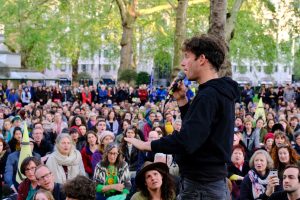 Sam | It’s an idea that I’ve had for years and years, and every year, I’ve been in touch with the council in Westminster and each time, they’ve said, “ It’s 15,000 pounds per hour to rent the square.” I’d just spent two weeks with Extinction Rebellion taking over London. I thought, “Hold on a moment, we can finally do it! We’ll just GO into Berkeley Square!” I put the idea to Extinction Rebellion and it obviously fit perfectly. The rebellion was supposed to be two weeks but they didn’t really have a closing event. We worked together to devise the event so that it was playful and didn’t have any political speeches to it. It was all about the love of nature, but also about extinction itself because at the heart of it, that was so important. In many ways the animals, the birds, the invertebrates, the plants and trees were not being mentioned enough. It was a time for us to pay some attention to the things we were trying to save, so we did a requiem for extinct species and I reworded the song, A Nightingale Sang In Berkeley Square. There was an open call to any musicians who wanted to come, and everyone played a nightingale recording out of their mobile phone from a link on our website. We got people to go off into clusters, and musicians would move from cluster to cluster like bumble bees pollinating flowers—go and play a song, move on to the next one, read a poem, sing a song, whatever. Suddenly Berkeley Square was filled with 1500 people and about 100 musicians, all just singing and playing with the nightingale blasting out like a rainforest. It was so surreal.
Sam | It’s an idea that I’ve had for years and years, and every year, I’ve been in touch with the council in Westminster and each time, they’ve said, “ It’s 15,000 pounds per hour to rent the square.” I’d just spent two weeks with Extinction Rebellion taking over London. I thought, “Hold on a moment, we can finally do it! We’ll just GO into Berkeley Square!” I put the idea to Extinction Rebellion and it obviously fit perfectly. The rebellion was supposed to be two weeks but they didn’t really have a closing event. We worked together to devise the event so that it was playful and didn’t have any political speeches to it. It was all about the love of nature, but also about extinction itself because at the heart of it, that was so important. In many ways the animals, the birds, the invertebrates, the plants and trees were not being mentioned enough. It was a time for us to pay some attention to the things we were trying to save, so we did a requiem for extinct species and I reworded the song, A Nightingale Sang In Berkeley Square. There was an open call to any musicians who wanted to come, and everyone played a nightingale recording out of their mobile phone from a link on our website. We got people to go off into clusters, and musicians would move from cluster to cluster like bumble bees pollinating flowers—go and play a song, move on to the next one, read a poem, sing a song, whatever. Suddenly Berkeley Square was filled with 1500 people and about 100 musicians, all just singing and playing with the nightingale blasting out like a rainforest. It was so surreal.
Photos by Hugh Warwick | Hugh is a photographer, author, ecologist, podcaster, and educator with a particular fondness for hedgehogs.
Kari | What a day! I really wish I had been to that event. I also am curious about The Nest Collective. You formed that group a long time ago, and it’s dedicated to folk music in unusual spaces. Of course, the Extinction Rebellion Berkeley Square event really fit in with that ideology. Can you tell me a little bit about The Nest Collective group? Does it have revolving members? Do people join? What kind of group is it? Do you only do folk? And what sort of unusual spaces have you had gigs in?
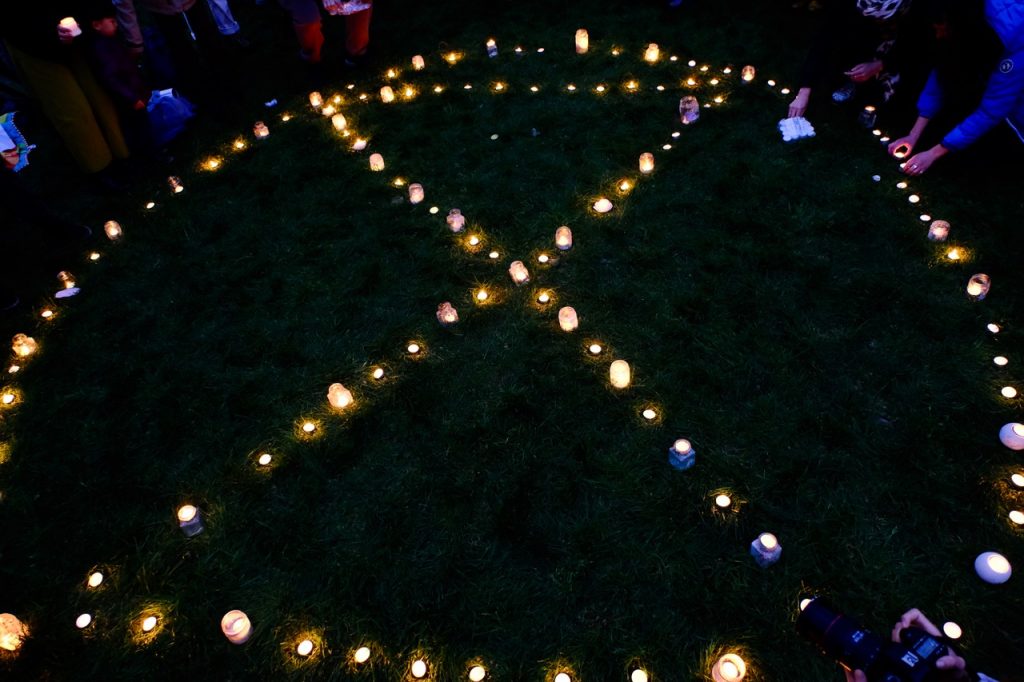 Sam | So, the Nest Collective is a collective in many ways, and in many ways it isn’t. I’m the artistic director and founder, and I’ve been running it essentially for 13 years. I have a team of about seven of us now, and it’s a not-for-profit. The collective aspect of it works in terms of a collective of musicians who are involved—there’s no official affiliation—and I also bring in a lot of other artistic voices to decide on, and inform, the way things happen. On Saturday, we had our twice annual festival. We took over a seventeenth century palace on the banks of the River Thames next to Greenwich—the master shipwright’s palace where the whole British naval fleet was designed and built. It’s a very historic house, and every year they let us take over the grounds with amplified music. Every Friday, from May ’til September, the Nest Collective has the Campfire Club, which is all in green spaces, unamplified, around the fire in green sanctuaries.
Sam | So, the Nest Collective is a collective in many ways, and in many ways it isn’t. I’m the artistic director and founder, and I’ve been running it essentially for 13 years. I have a team of about seven of us now, and it’s a not-for-profit. The collective aspect of it works in terms of a collective of musicians who are involved—there’s no official affiliation—and I also bring in a lot of other artistic voices to decide on, and inform, the way things happen. On Saturday, we had our twice annual festival. We took over a seventeenth century palace on the banks of the River Thames next to Greenwich—the master shipwright’s palace where the whole British naval fleet was designed and built. It’s a very historic house, and every year they let us take over the grounds with amplified music. Every Friday, from May ’til September, the Nest Collective has the Campfire Club, which is all in green spaces, unamplified, around the fire in green sanctuaries.
Kari | Like the nightingale gigs without the nightingales.
Sam | Exactly like that except in the middle of the city. They are ways of getting people outdoors, the intimacy of being around a fire and also unusual venues—a lot of old churches plus some regular music venues. Our music is a whole range of traditional music, folk music, international world music, acoustic, stuff that we feel is coming from a tradition and a legacy. We invite the audience to experience music in a more communal fashion.
Kari | With the oral tradition woven in, conserving cultural representation and heritage…I wanted to ask before you go, did David Rothenburg ever come sing with the nightingales?
Sam | Yes, lots and lots, he’s been there for quite a few years.
Kari | He sent us a short written piece, an update from Berlin about his many nightingale projects and I thought, “There’s no way those two don’t know each other.”
Sam | He’s doing amazing work, so I’m glad you’re profiling him!
Goodbye My Darling
Footage of the assembly in the Square and most of Sam’s performance at the Berkeley Sq event.
And check out another great artist who collaborates with nightingales. Musician and philosopher David Rothenberg wrote Why Birds Sing, Bug Music, Survival of the Beautiful and many other books, published in at least eleven languages. Read his essay in this edition of Kosmos Quarterly.


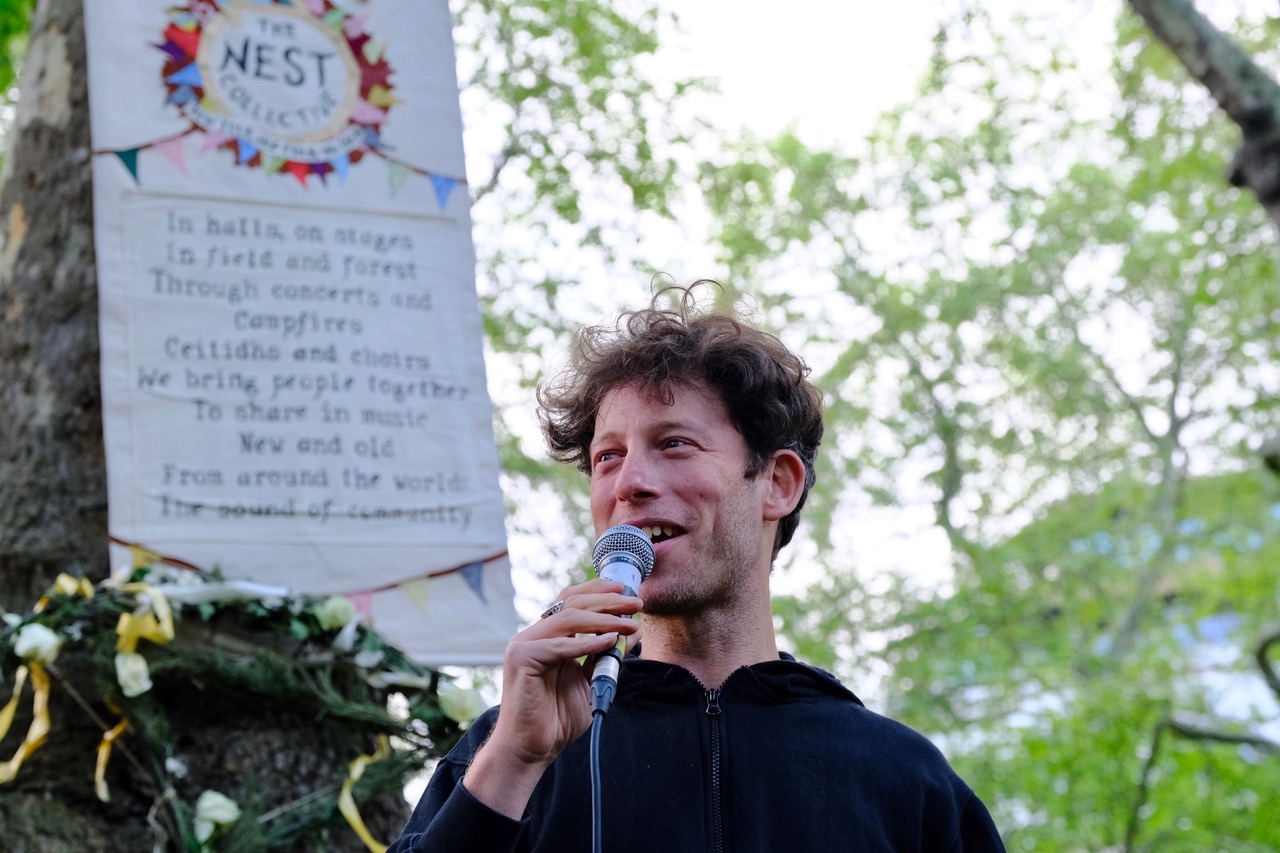
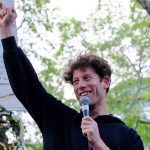
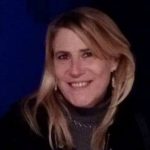
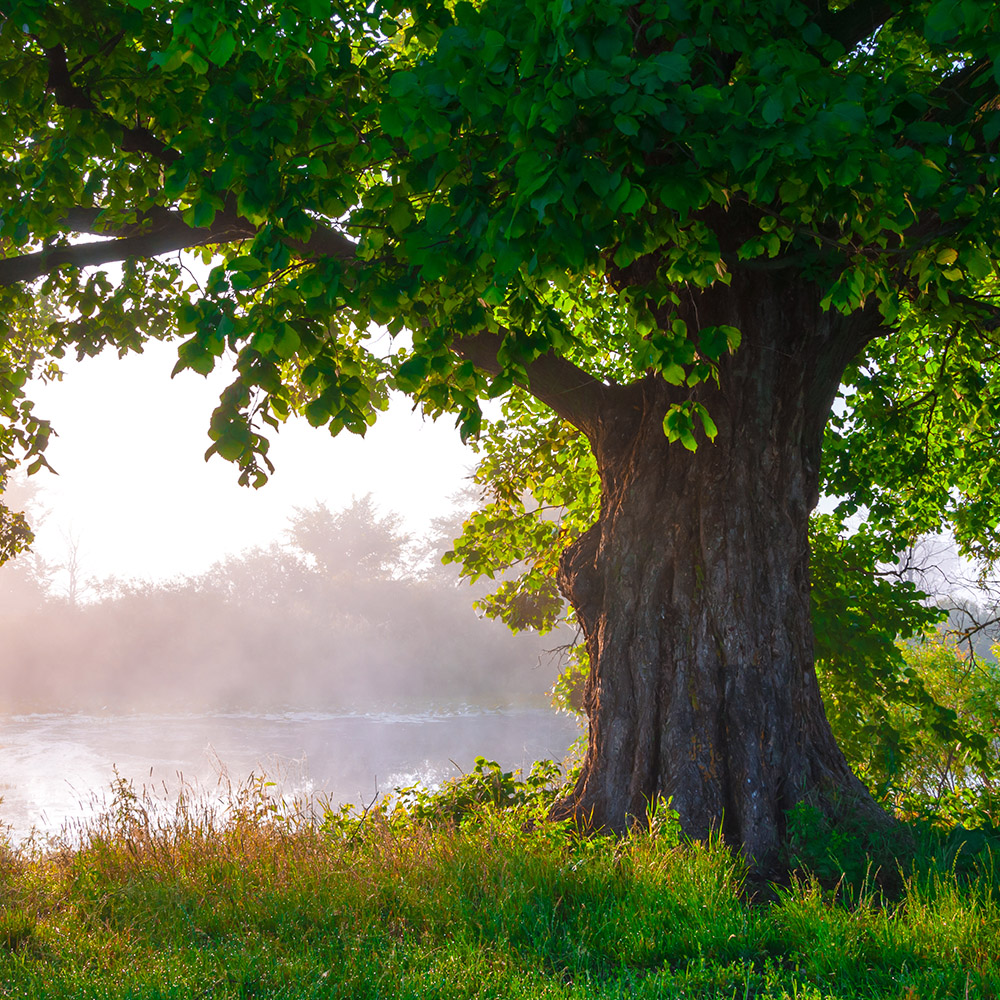
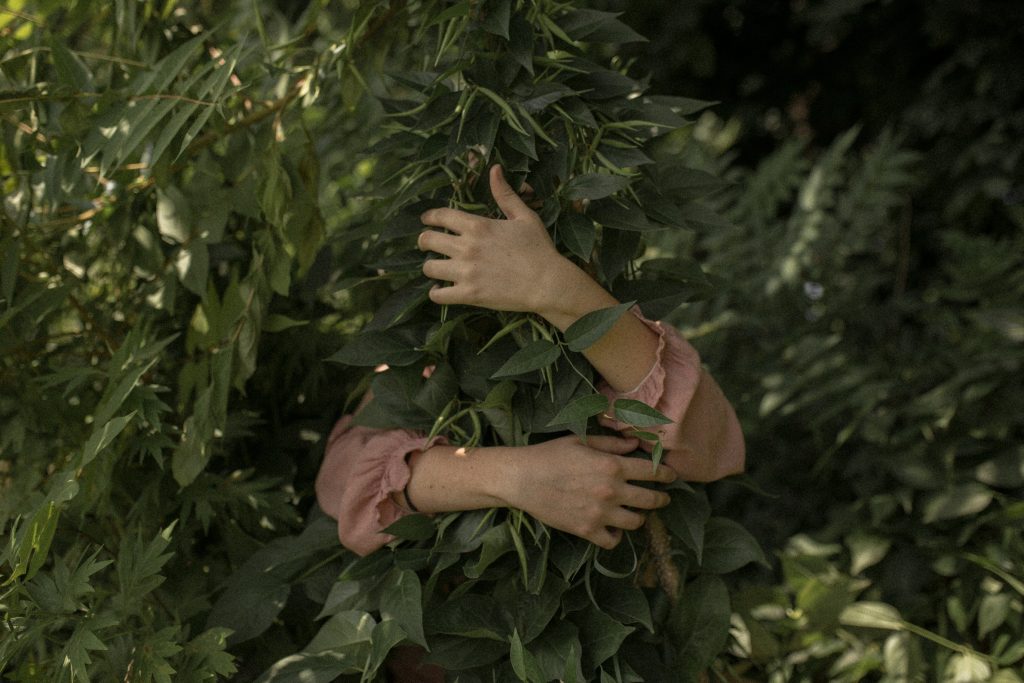
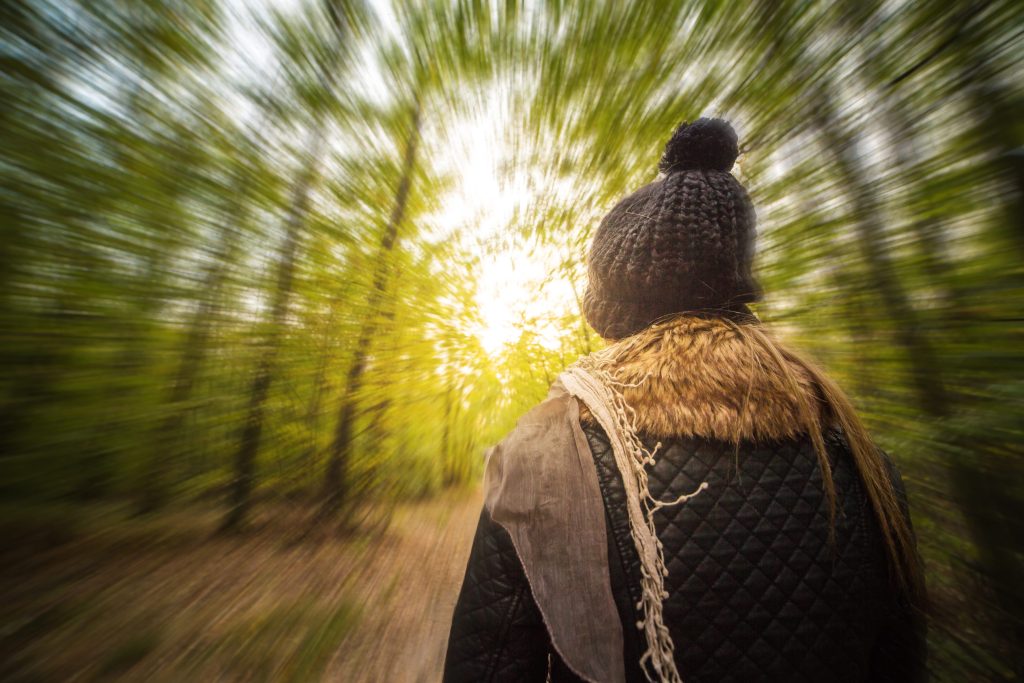
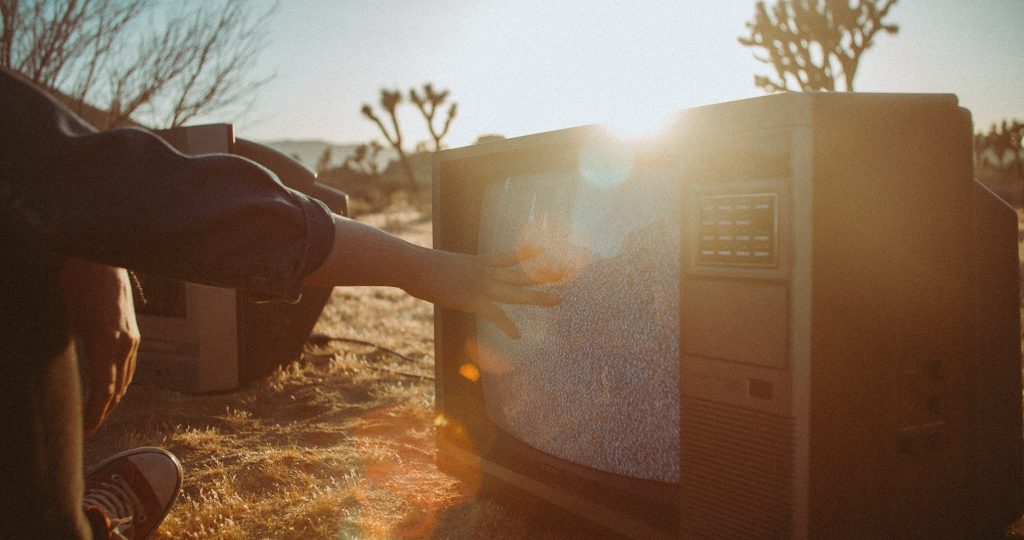
Thank you, Kari, for introducing us to Sam Lee’s beautiful and meaningful music accompanied by the songs of nature’s own birds. I listened to many of the recordings you gave to us and felt mesmerized with my sense of belong to nature increasing with every note.
Echoing Nancy, I am hypnotized. I had never heard of Sam or his heart-opening music. Gratitude for this great interview.